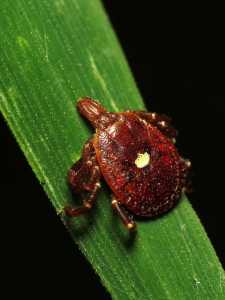MedicalResearch.com Interview with:
Emily Clarke McGowan, MD
Assistant Professor, Allergy/Clinical Immunology
Charlottesville, VA 22908-1355
MedicalResearch.com: What is the background for this study? What are the main findings?
Response: Folate (vitamin B9) is available in either the natural or synthetic forms and has been shown to reduce the risk of neural tube defects, like spina bifida, in newborns. Folic acid, the synthetic form of folate, is widely consumed in the United States in infant formula, supplements, vitamins, and fortified grains. When folic acid is consumed in high quantities, some of this folic acid does not undergo further metabolism and circulates in the blood as "unmetabolized folic acid" (UMFA).
In this study, we measured total folate, UMFA, and 5-methyltetrahydrofolate (5-MTHF), the main folate metabolite involved in biochemical processes in the body, in a subset of children from the Boston Birth Cohort.
While mean levels of total folate at birth were lower among those who developed food allergy, mean levels of the synthetic folic acid derivative, UMFA, were higher. There was no association between total folate, 5-MTHF, or UMFA levels in early life and the development of food allergy.
(more…)




 Eliane Abou-Jaoude, MD
Allergy and Immunology Fellow
Henry Ford Health System
Detroit, Michigan
MedicalResearch.com: What is the background for this study?
Response: Early life exposure to diverse types of microbes is necessary for healthy immune development and may impact the risk for developing allergic disorders.
Theoretically the transfer of parental microbes to their offspring during infancy can influence a child’s developing gut microbiome and subsequent immune response patterns.
We wished to investigate whether parental pacifier cleaning methods, reported at 6-months of age, were associated with altered serum IgE trajectory over the first 18 months of life.
Eliane Abou-Jaoude, MD
Allergy and Immunology Fellow
Henry Ford Health System
Detroit, Michigan
MedicalResearch.com: What is the background for this study?
Response: Early life exposure to diverse types of microbes is necessary for healthy immune development and may impact the risk for developing allergic disorders.
Theoretically the transfer of parental microbes to their offspring during infancy can influence a child’s developing gut microbiome and subsequent immune response patterns.
We wished to investigate whether parental pacifier cleaning methods, reported at 6-months of age, were associated with altered serum IgE trajectory over the first 18 months of life.











